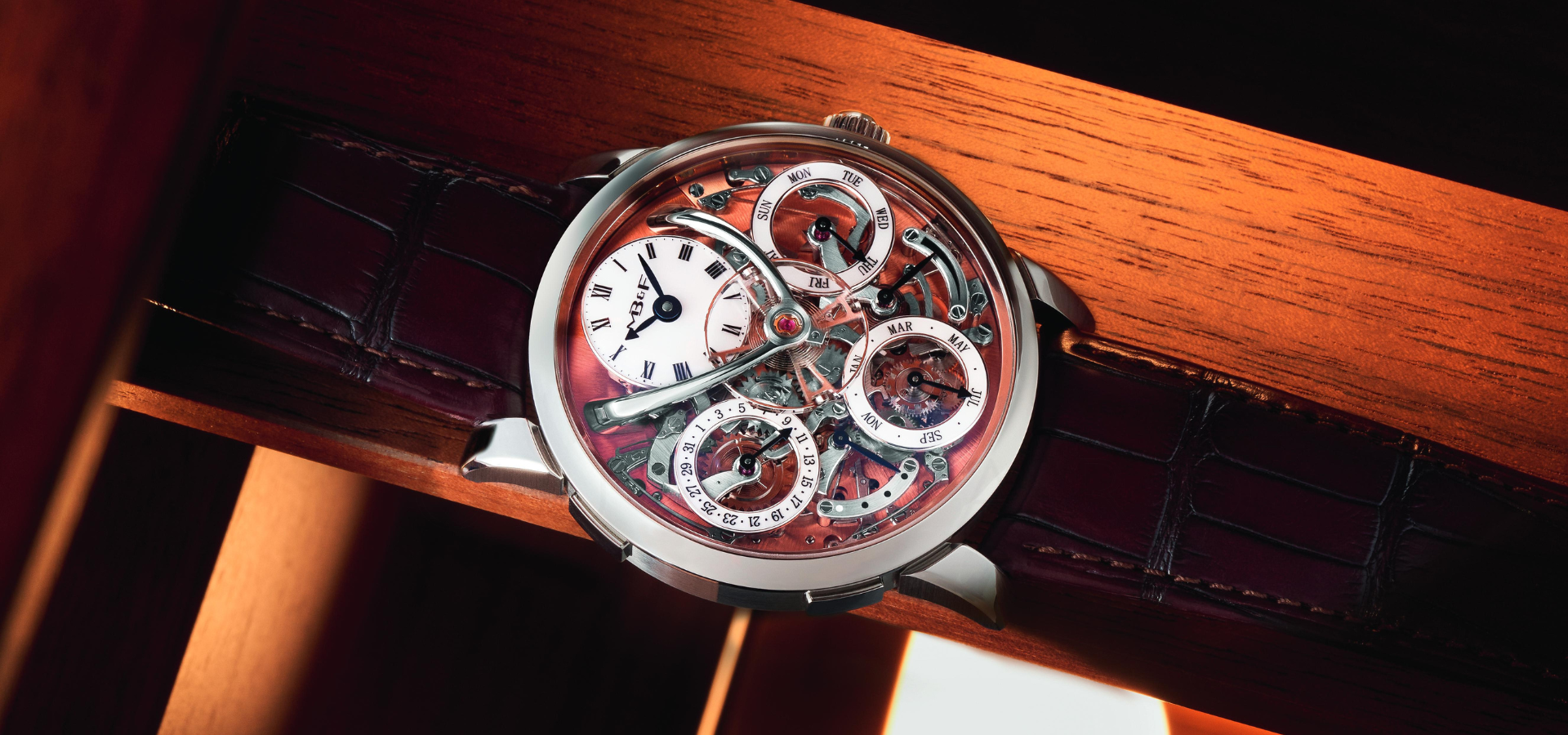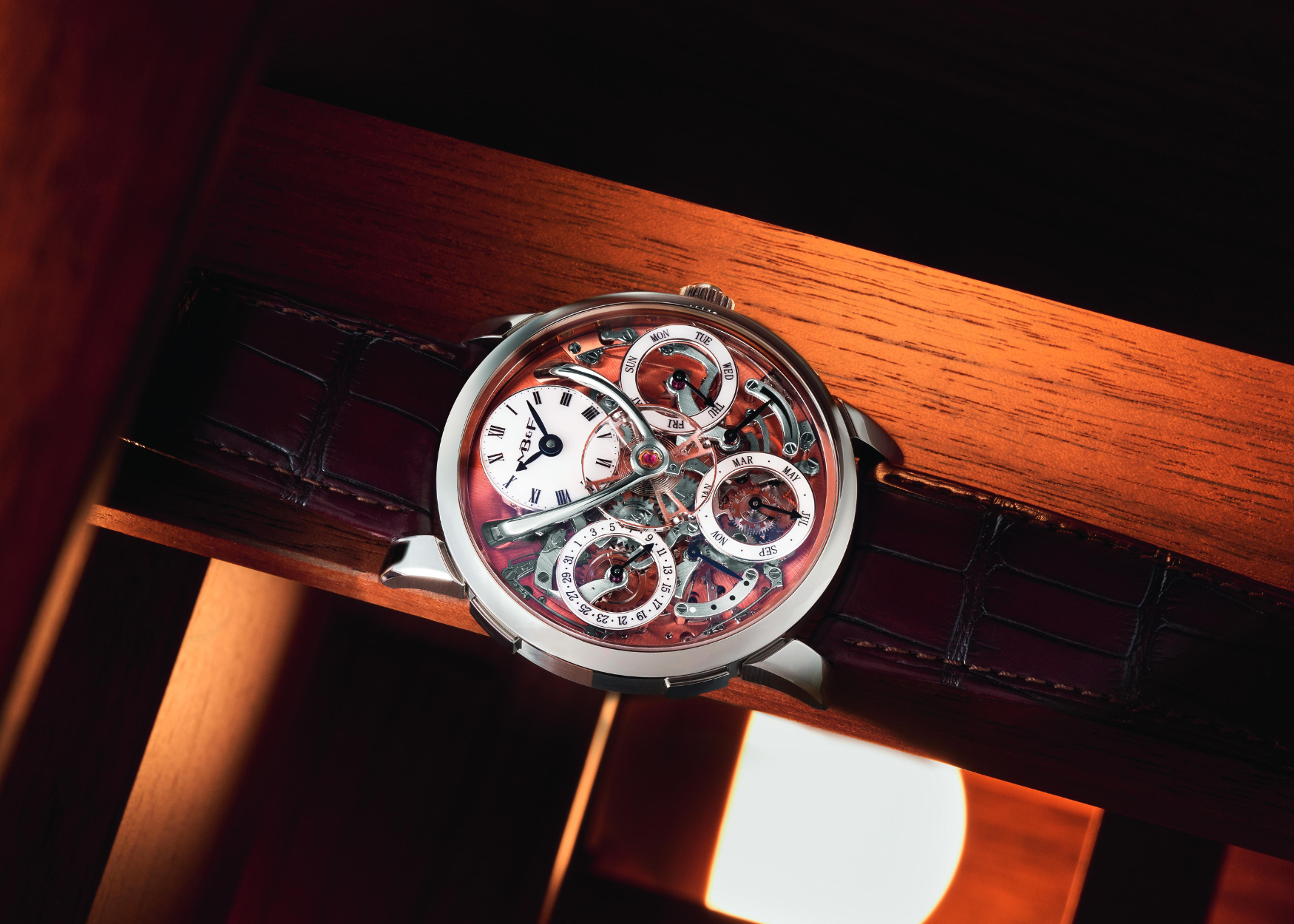Partners in time: Maximilian Büsser on the collaborations behind MB&F’s legendary timepieces
‘MB&F’ stands for ‘Maximilian Büsser and Friends’. Since its inception in 2005, from the moment the business name was registered, this watchmaker and purveyor of mechanical art objects has had collaboration at its core. Essentially, it’s a vehicle for founder Büsser to partner with individuals possessing specialised skills, in order to make innovative horological concepts and out-there inventions a reality.
“I think differently to other people, I have ideas,” Büsser says, with no small measure of understatement. To bring these ideas to fruition, MB&F has partnered with brilliant watchmaking minds including Stephen McDonnell, Kari Voutilainen, Alain Silberstein and Jean-Marc Wiederrecht (to name but a handful), respected brands such as H. Moser & Cie and Bulgari, and – to make its wildly futuristic clocks and music boxes – legacy maisons L’Epée 1839 and Reuge.
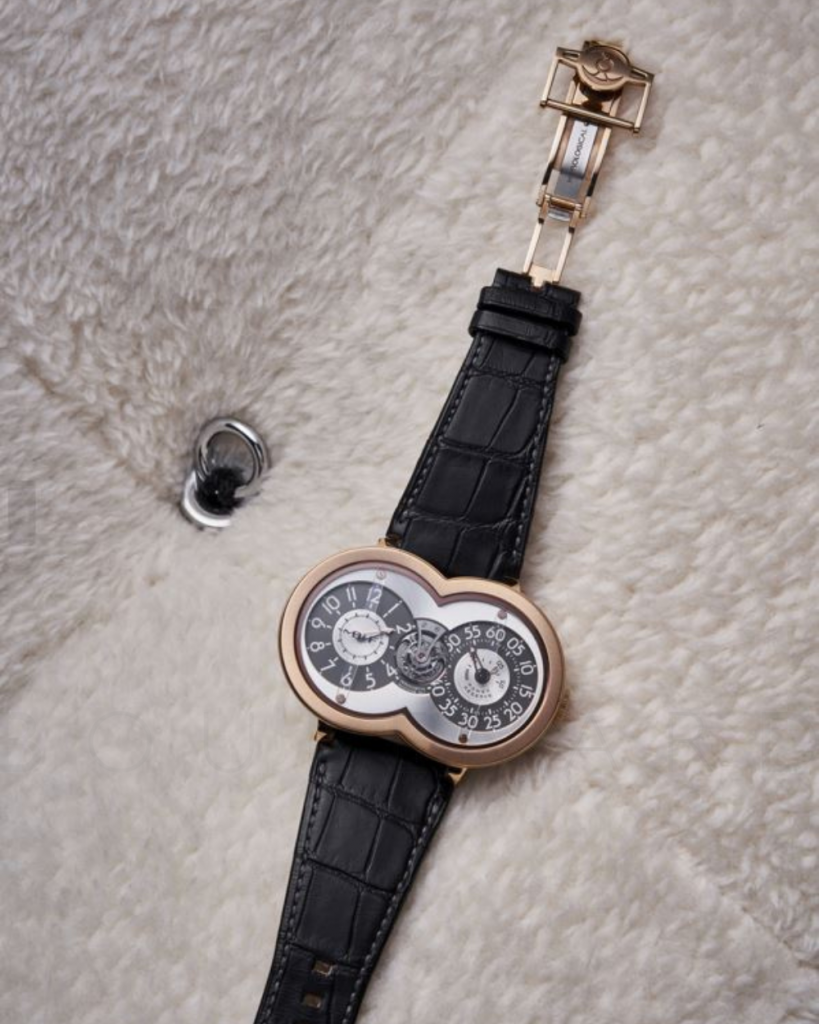
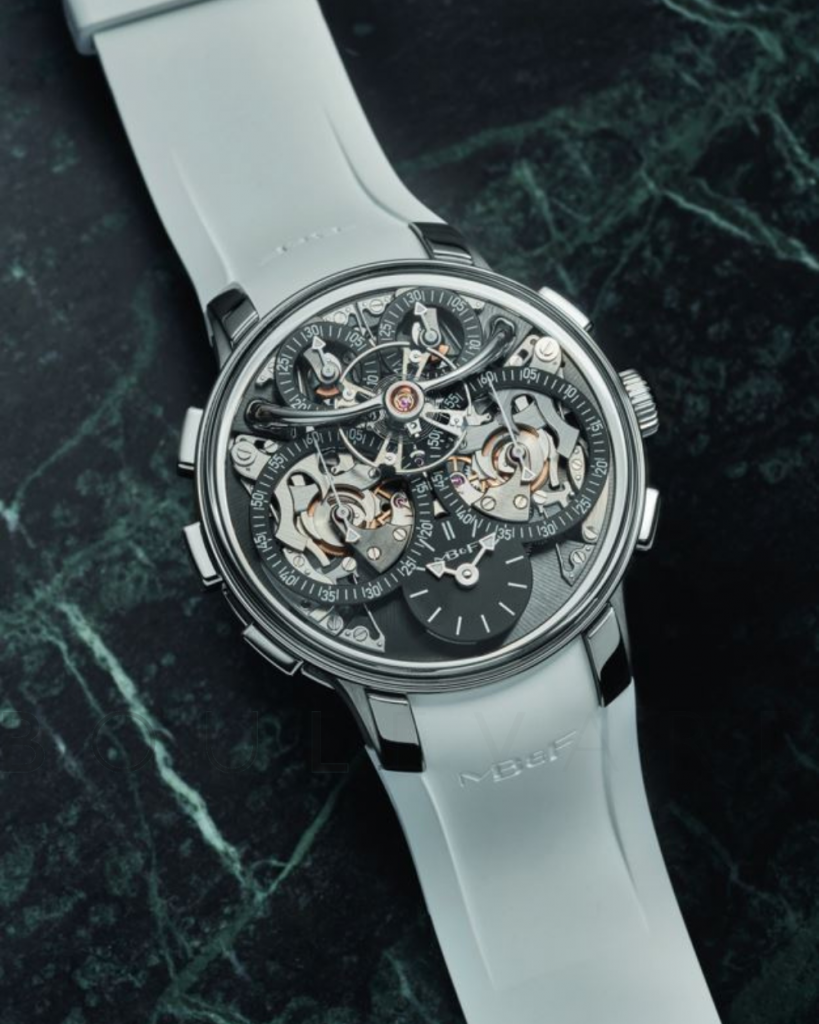
MB&F’s most recent friendship, with iconoclastic French jewellery designer and artisan Emmanuel Tarpin, resulted in two glistening, wintry new iterations of the Legacy Machine FlyingT model. The final product was not at all what Büsser expected. Tarpin’s work, in the past, “was very contemporary; black aluminium, white diamonds, super-sleek – and nothing like what he’s done for us,” Büsser says. But that’s the joy of collaborations: “You have to let go.”
In these situations, Büsser says, “You’ve got two egos coming together. Successful creators often have a strong ego. It’s a dangerous animal. You have to find people who can let go. Frequently with collabs, I’ve had to accept that it’s not what I wanted, or what I expected. And the collaborator has to accept that, too.” Particularly when making something that is both a work of art and a piece of incredibly sophisticated mechanical engineering, you have to be able to discuss what’s most important, what’s practical and negotiable, and equally, demarcate what cannot be compromised.
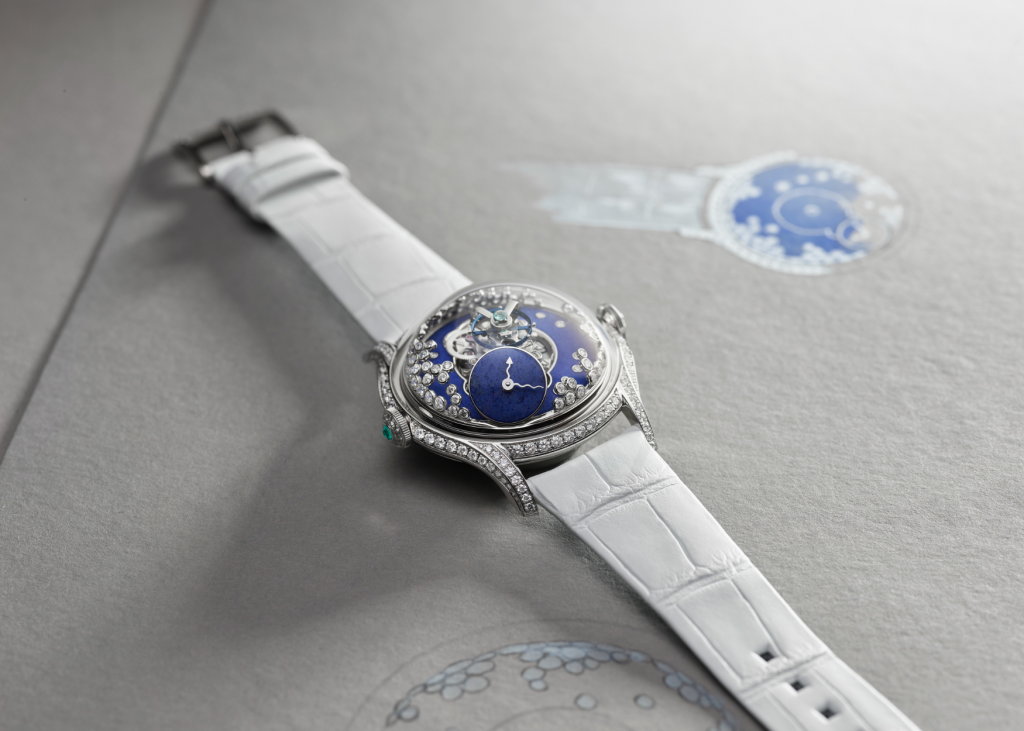
One of the most important factors in creating a successful collaboration, Büsser says, is finding a partner with a contrasting outlook. “It’s vital to do a collab with somebody who’s very different from you,” he argues. “What’s the point in having a child with your twin? You need the second party to be really different, and that means you’re in for a rollercoaster ride. They’re going to bring you somewhere you don’t normally go. They’ll take you outside your comfort zone.”
Perhaps the most important thing is that the two collaborators share complementary objectives and motivations. “It won’t work if one party just wants to create a great product, and the other one is only interested in making money,” says Büsser. “I’ve lived through that. It never comes to fruition. You need to have the same values.”
